Locating Jan Mimken Habben in Ancestry.com‘s “Germany, Lutheran Baptisms, Marriages, and Burials, 1519-1969” was fairly easy. I had his name and date of birth from other records and I had already seen the German record of his birth. However, I wanted to search their database for other families I have from the same area. In reviewing the entry for Jan I started a problem in how Ancestry.com entered the records into their transcription database.
The “record” for Jan Mimken Habben (born 13 Dec 1859) in Ancestry.com‘s “Germany, Lutheran Baptisms, Marriages, and Burials, 1519-1969,” indicates that he was born in “Wiegboldsbur u Wiesens.”
There is no such place.
I saw the copy of Jan’s baptismal entry long before Ancestry.com ever dreamed of digitizing it. It was located in the records of the Lutheran Church in Wiesens along with the baptismal records for all his other siblings.
When I saw the “location” Ancestry.com had for Jans, I was pretty certain what had happened since I had used the microfilm copy of those records numerous times, but I checked to be certain. Fortunately, Ancestry.com digitized the entire roll of Family History Library microfilm from which these digital images were made.
Jan’s entry was located on image 482 of Ancestry.com‘s roll for the mysterious location of “Wiegboldsbur u Wiesens.” Moving earlier in the roll slowly I located the “start card” for the record books from which Jan’s entry was taken. Image 321 confirmed that the record for Jan was from the parish of Wiesens. I was not dreaming.
Moving earlier in the set of images, image 3 indicated that the first portion of these records were from the parish of Wiegboldsbur. Two locations’ records were placed on one roll of microfilm. 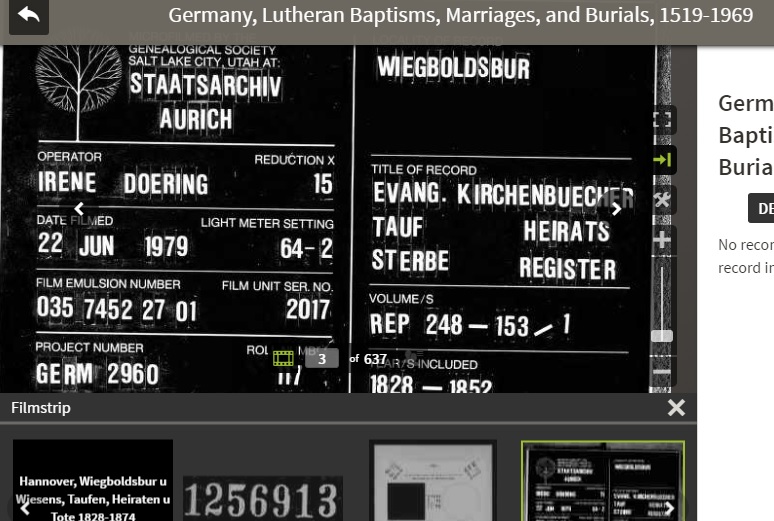
This was confirmed by moving forward to image 1 which provided the Family History Library film number from which the digital images were made: 1256913 [partially shown in the illustration–make certain you get the entire number when viewing the image online as larger ones are not entirely displayed on some screens].
Searching for this microfilm roll in the Family History Library card catalog resulted in the following result:
This confirmed that there were indeed records from two villages on the roll and that there were a total of 7 items on the roll–four books from Weigboldsbur and three books from Wiesens. The FHL had put two villages’ records on one roll, a very common situtation.
There was no such place as “Wiegboldsbur u Wiesens.” Never has been one. It was created out of convenience (translation: laziness ) by Ancestry.com. Ancestry.com even indicates this is a location in its dropdown menu as well. That makes it difficult to browse the records by location and to know what locations are really in the database.
It also makes it impossible for me to search by location as the entries for Wiesens are not indexed under that village name and that location is not tied to the records. The records for Wiesens are are actually split on two rolls of Family History Library microfilm with two different villages and appear in the Ancestry.com catalog of these records as:
- Wiegboldsbur u Wiesens
- Wiesens u Wirdum
So that’s another village Ancestry.com has dreamed up: Wiesens u Wirdum.
Ancestry.com lists the Wiegboldsbur church as the author for the first set of records and the Wiesens church as the author for the second set. At least there is some consistency.
Keyword searches for “wiesens” appear to only catch entries for the “Wiesens u Wirdum” entries and not the “Wiegboldsbur u Wiesens” entries.
One can only imagine how many entries in tree entries created from these records will have locations that do not exist but were simply created because the names were alphabetically close to each other and Ancestry.com failed to clearly indicate which village the extracted entries were from.
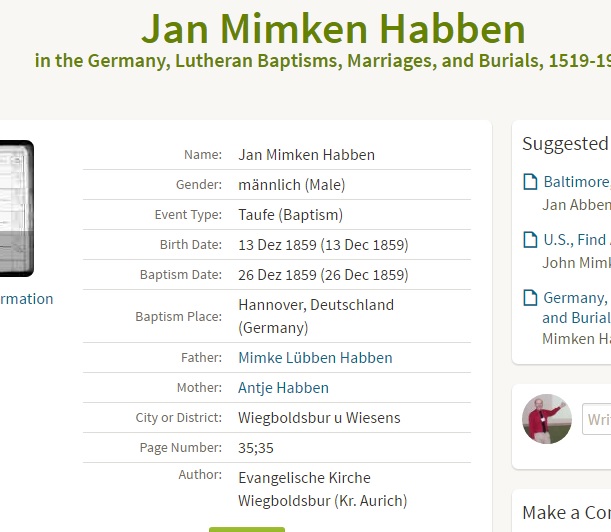
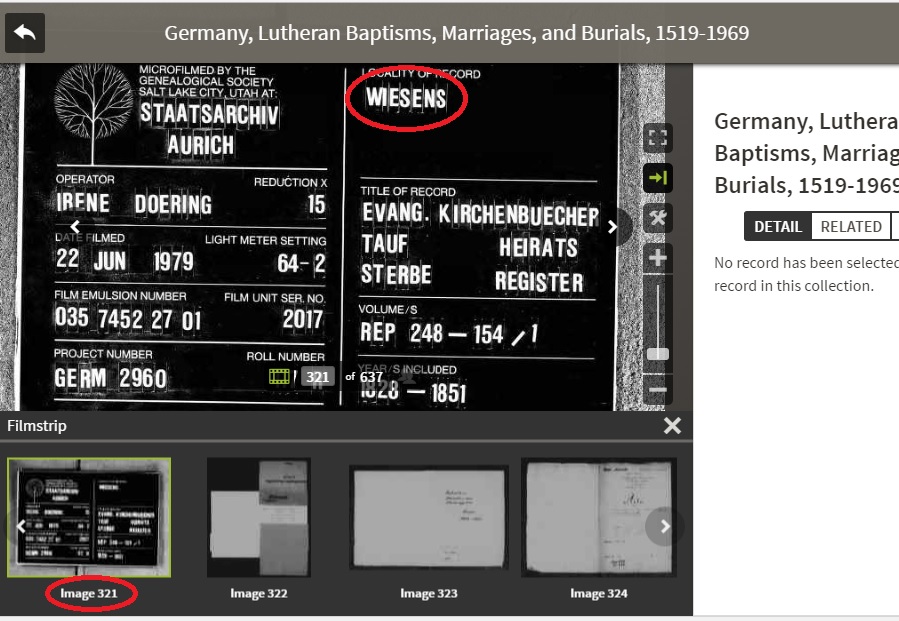
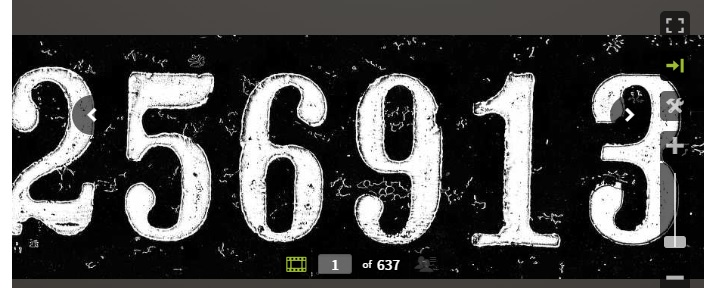

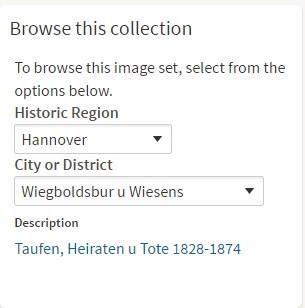

4 Responses
Not surprised. They lumped entire district court records of Connecticut under one Town – Hartford. bfft!
maybe that’s why I cannot find some family records on ancestry
Thank you for sharing this information. We too get lazy when looking at indexed records. You have reinforced the notion that we absolutely should look at the beginning of a record set to determine what we are actually looking at. Great reminder.
My gut instincts have been queezy at best when I want to check out Ancestry.com. Don’t know why. Thank u 4 this information.